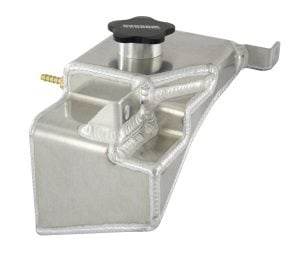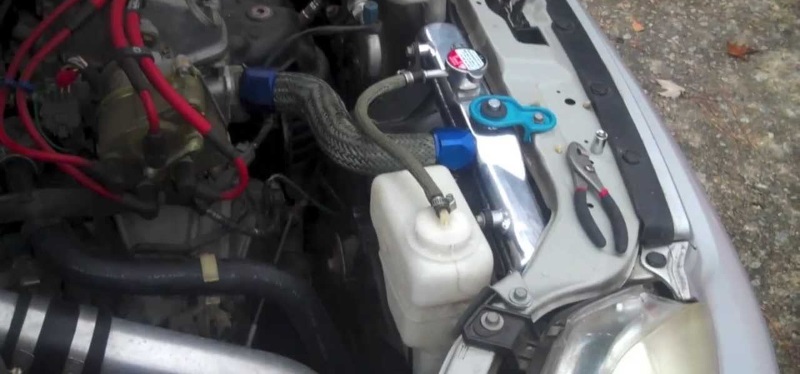What does a radiator overflow tank actually do?

Alright, so you’ve popped the bonnet after a run around Te Rapa Straight or hit a few potholes out in Rototuna, and you’re staring at that odd plastic bottle near your radiator. That’s your radiator overflow tank, or coolant reservoir. Might not look like much, but honestly, it’s got an important job.
Here’s the deal: when your engine gets hot (think of Hamilton stop-start traffic on a sticky summer day), the coolant inside the engine heats up and expands. If there wasn’t anywhere for that extra coolant to go, it’d just spill out all over your drive. What the overflow tank does is catch that overflow and store it until things cool off again. Then, as your engine chills out (like early morning in Gordonton), it sucks that coolant back in, so you always have the right amount in the system. Keeps everything running sweet and stops your engine from frying itself.
More on how the overflow tank works? Here’s a handy link — check out this quick read.
What to watch for – signs your radiator overflow tank’s had enough
Coolant leaks — If you spot bright green, pink, or orange puddles on your driveway on Richmond Street or seeing weird streaks under the bonnet, your coolant might be making a run for it. We see this all the time, especially in Mazdas, Toyotas, or even the odd SsangYong. Could be a crack in the tank, or maybe a dodgy hose. Don’t ignore it! Lost coolant can lead to cooked engines, and that’s never cheap. Find out how we can fix leaks in Hamilton.
Overheating — Stuck on Ulster Street and your temp gauge is climbing? Tank issues can mean there’s not enough coolant in the system, and your engine starts to overheat. Look out for dashboard lights or gauge climbing into the red. Happens a fair bit, especially in older Audis and the odd Subaru Forester, especially after heavy driving or Hamilton’s humid summer days.
Physical damage — Take a quick look at the tank itself. You spot bulges, cracks, or any weird discolouration, especially after going over speed bumps around Chartwell, that tank might be past its prime.
Why do overflow tanks give up in the first place?
- Old age and wear – Plastic tanks get brittle over time, especially with all the heat cycling from a chilly Tamahere winter to a hot Cambridge summer’s day. Eventually, they just tap out and start leaking or cracking.
- Hits or bumps – Bit of a knock during repairs, a stray shopping trolley in the Mitre 10 carpark, or a minor fender bender—physical damage happens more often than you’d think, especially in daily-run cars like a Honda Fit or Hyundai i30.
- Too much pressure – If your radiator cap or pressure valve goes bad, too much pressure in the cooling system can pop the tank. We’ve seen this on everything from old Peugeot hatches to late-model Suzukis.
How urgent is it to replace a dodgy overflow tank?
Pretty urgent, to be honest. Your cooling system is what keeps the engine healthy, whether you’re commuting up Morrinsville Road, navigating tight Huntly roads, or just getting the kids across the city for footy practice. If you let your engine run hot for too long, you risk warped heads, blown gaskets, or the whole engine seizing up. That’s a big, ugly bill. So, if your overflow tank’s dodgy, get it sorted quick-smart.
If you’re in Hamilton, Matangi, or Ngāruawāhia and you’ve spotted any of these issues, don’t wait until it’s too late. Bring your car in and we’ll check it over, give honest advice, and sort the right solution. Whether you’ve got a Suzuki Swift, a Kia Sportage, a European import or a hybrid, our techs at Grimmer Motors have seen pretty much everything under the bonnet.
Just a heads up — we’re a full auto repair workshop, so we don’t just supply “parts only” for these jobs. Bring your vehicle in, and we’ll sort everything from diagnosing to fitting good quality parts for you.

